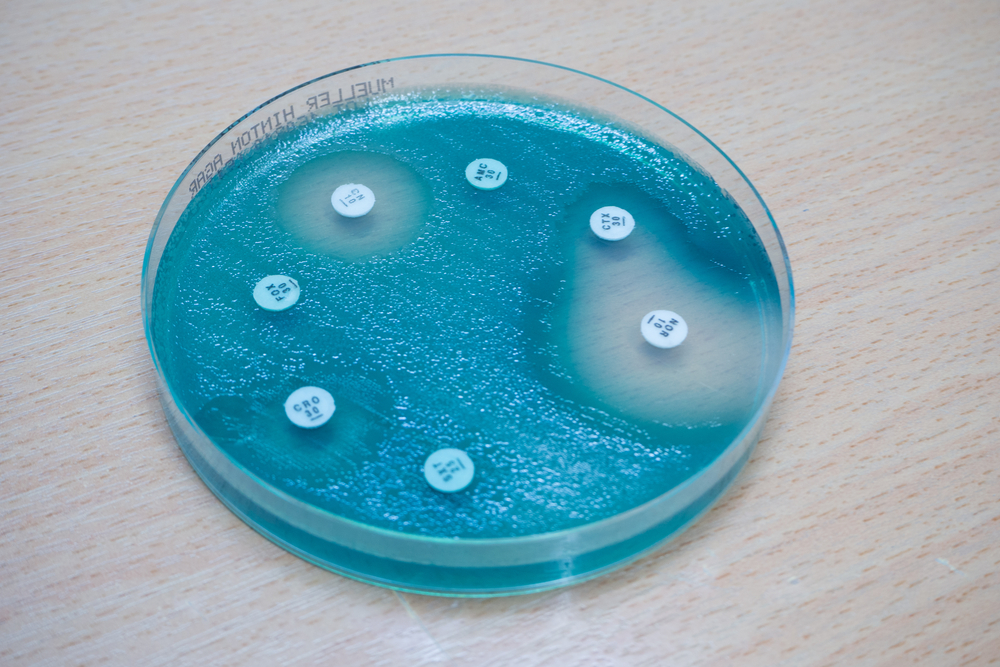Zerbaxa Shows Promise Against Bacterial Infections in Pediatric CF, Study Shows

The activity of Zerbaxa (ceftolozane/tazobactam, or C/T) alone or in combination with other antibiotics shows promise against multi-drug resistant (MDR) Pseudomonas aeruginosa infection in pediatric cystic fibrosis (CF) patients, new research shows.
The study, “In vitro Activity of Ceftolozane/Tazobactam Alone or with an Aminoglycoside Against Multi-Drug-Resistant Pseudomonas aeruginosa from Pediatric Cystic Fibrosis Patients,” was published in the journal Infectious Diseases and Therapy.
Gram-negative MDR infection among pediatric patients with CF is an emerging threat. In particular, MDR P. aeruginosa limits treatment options and impacts patient care, leading to increased mortality.
Zerbaxa is a fifth generation cephalosporin/beta-lactamase antibiotic that was approved by the U.S. Food and Drug Administration (FDA) for the treatment of complicated intra-abdominal and urinary tract infections in adults.
Zerbaxa has been shown to maintain antimicrobial activity against MDR P. aeruginosa strains, including isolates from CF patients. But an explanation of the drug’s antimicrobial susceptibility and its potential role in children with CF is needed.
A research team led by David Nicolau, PhD, director of the Center for Anti-Infective Research and Development in the Division of Infectious Diseases and Pharmacy at Hartford Hospital in Connecticut, performed pharmacological assessments to unravel the antimicrobial susceptibility and potential role of Zerbaxa in children.
Scientists identified clinical respiratory MDR P. aeruginosa isolates from four pediatric CF patients. Analyses were performed with Zerbaxa alone and in combination with the aminoglycosides (highly potent, broad-spectrum antibiotics) tobramycin or amikacin.
P. aeruginosa isolates revealed variable susceptibilities to Zerbaxa, tobramycin and amikacin. Combination therapy with tobramycin showed a synergistic benefit when the isolate was susceptible to Zerbaxa. The combination of Zerbaxa and amikacin also showed synergistic activity, namely against highly amikacin-resistant, Zerbaxa-susceptible strains.
The small number of isolates from only four patients is a limitation of this study. However, the researchers conclude that “C/T appears to be a promising treatment option for treatment of MDR P. aeruginosa in pediatric CF patients. Interestingly, the benefit of C/T combination therapy with amikacin may be more pronounced than with the addition of tobramycin.”
The results support additional evaluations of these combination regimens.
Still, a determination of dosing optimization strategies and a better understanding of Zerbaxa’s pharmacokinetics (drug absorption, distribution, metabolism, and excretion) in CF patients is needed.
So, a Phase 1 study evaluating the pharmacokinetics and safety of a single dose of Zerbaxa in pediatric CF patients is ongoing (NCT02266706).







